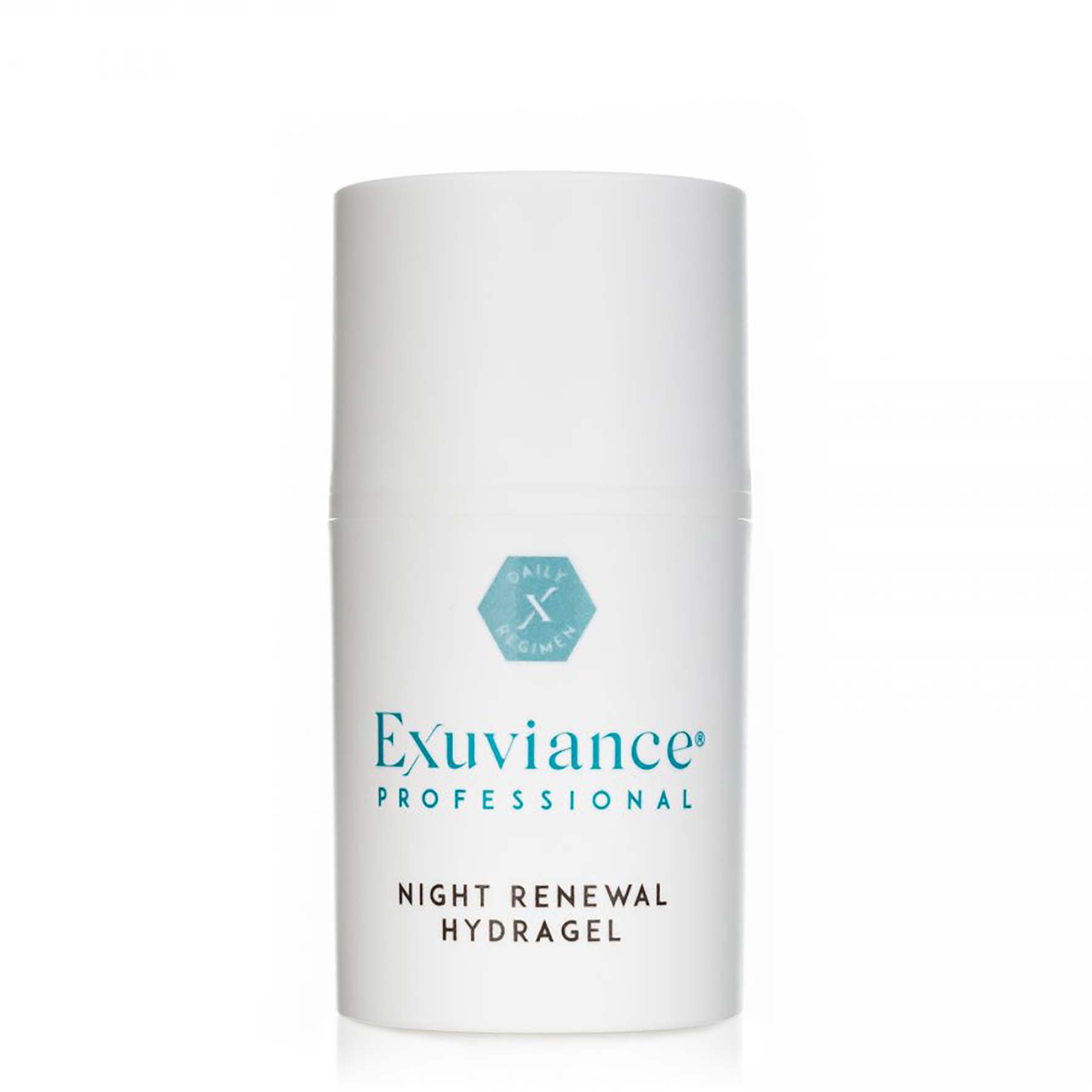I've had ALL the types of acne over the years. Here's what I've learned - and what I use to keep my skin clear
From fungal to hormonal, here's your definitive guide by the experts


I've learned a thing or two about how to get rid of acne over the fifteen years I've been suffering from it.
The first major lesson I’ve learned: have the best acne treatment you can get your hands on in your cupboard at all times because you never know when a major breakout is about to hit.
The second: arm yourself with knowledge. By this, I mean brushing up on the best skincare routine for acne, educating yourself of the different types of acne, learn what triggers your skin, keeping an eye on hormonal changes (post-pill acne is a real thing), as well as dietary and seasonal factors. It’s also important to figure out what kind of acne you suffer from and what makes that particular one better or worse —and that’s where this guide to the types of acne you can have comes in, to help you to understand what’s going on, and to make informed decisions about how to manage your acneic skin.
Oh, and here’s a final bit of advice from my experience (as someone who has dealt with all sorts of acne, besides my own, as a seasoned journalist, make-up artist, and beauty insider) before the experts wade in: don’t touch your face repeatedly, and keep your make-up brushes clean, whatever your type of acne. It helps enormously, I promise.
Without further ado, here's the four main types of acne you should know about.
1. Hormonal acne
Clinical Aesthetician, Pam Marshall explains that "there's a hormonal component to most acne," and while many will say that this sort of acne tends to populate the jawline in later life, hormones are often an underlying factor in most cases of acne. So in all likelihood, if you're suffering from acne, there are hormones at play.
2. Cystic acne
Are your spots deep, throbbing, and painful? It’s likely you suffer from cystic acne. The difference between these and nodules? Cystic acne spots are filled with a fluid (and while we wouldn’t recommend it, follow the rules if you absolutely need to know how to pop a pimple), while nodules are solid and harder.
Marie Claire Newsletter
Celebrity news, beauty, fashion advice, and fascinating features, delivered straight to your inbox!
3. Fungal acne
It’s likely you have fungal acne if, according to skin expert Dr Sam Bunting, you have “fine red bumps with little white pustules.” Fungal acne can also be itchy, and tends to spread over an area in a blanket style.
4. Comedonal acne
These are whiteheads and blackheads, and can accumulate anywhere. Remember that you can suffer from several types of acne at once, so this might occur in conjunction with cystic or fungal acne.
How do I treat the different types of acne?
The ideal case scenario for acne would be in-clinic treatments with someone in the know, a skin routine with products to treat daily, and the avoidance of/incorporation of lifestyle measures to keep it at bay.
The good news? You don't need loads of different products. Marshall's advice? "In clinic, I prep, wound, heal. At home, you want to make sure there's some level of mandolin acid in a treatment as it's lipophilic and can get into pores."
Skin expert Abigail James adds that it's worth working with a professional if possible to determine what the best course of action is in terms of lifestyle measures. "I would start with a full review of lifestyle, diet, current routine, whats going on hormonally, any external factors or health issues we need to consider," she says
The best products to treat all types of acne
From the best spot treatments to acne patches - you name it, I've tried it. Below are some heroes which you can slot into your routine, or use when a spot crops up, all very much put through their paces by me, every time acne visits my face (often, sadly—but handy for this guide).
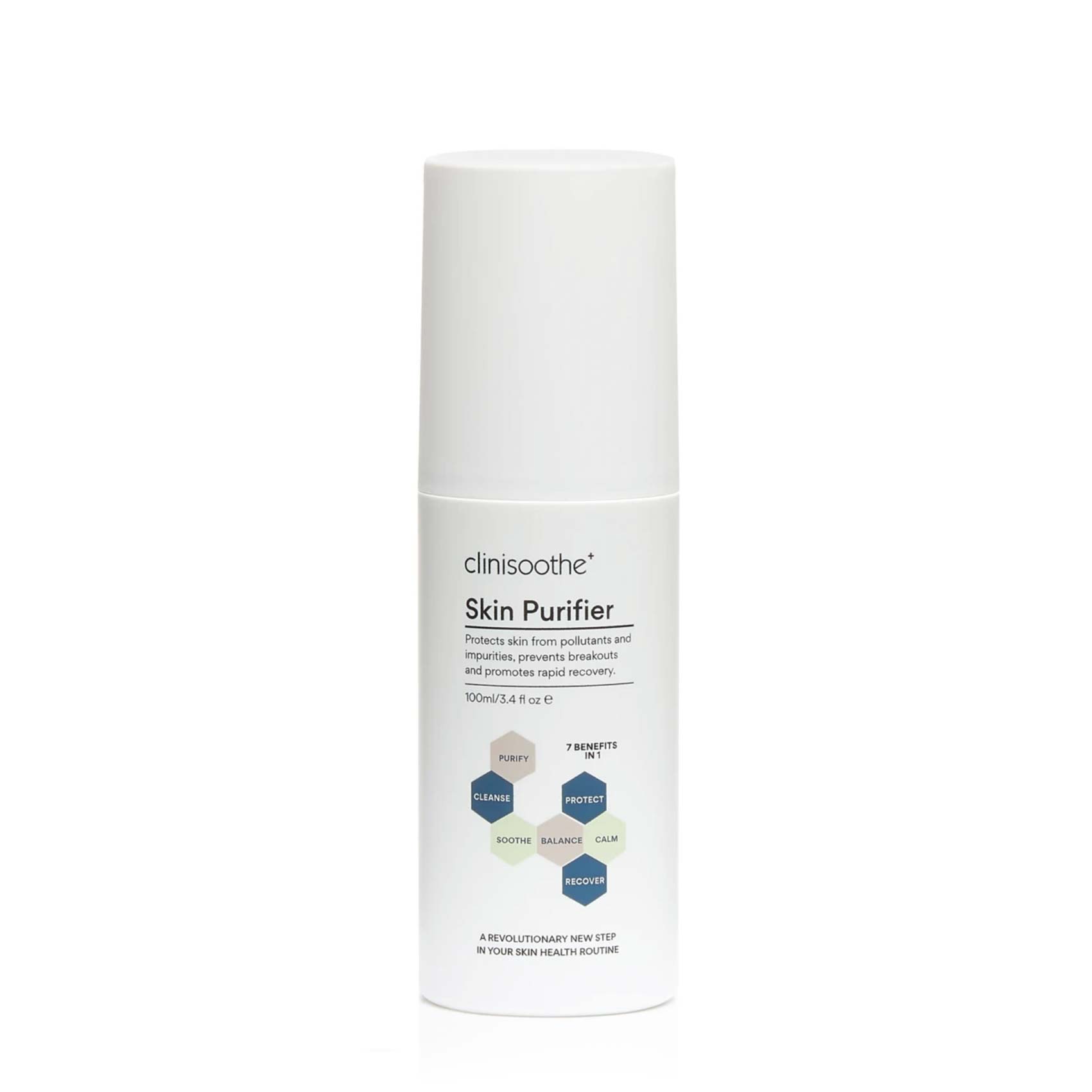
This anti fungal, antibacterial, antimicrobial fluid is a hero in the fight against acne. Apply is daily after cleansing, morning and evening - or use as a spot treatment by pressing a cotton pad saturated in it to the affected area.
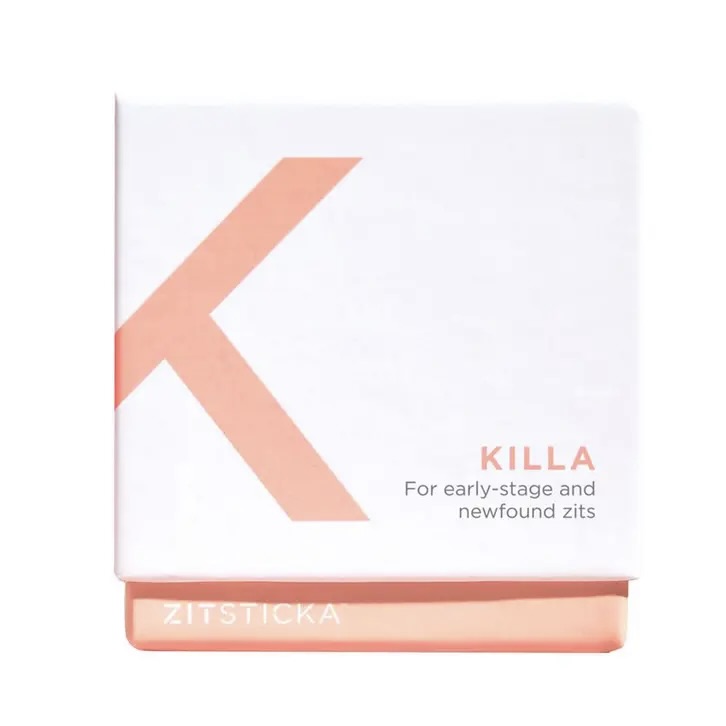
These are great on cystic spots, when you definitely don't want to anger them by squeezing, but want to do something to help speed matters up. I also find them handy as they stop me from touching my skin, which is one of my major issues when I have a big spot.
Madeleine Spencer is a journalist and broadcaster who has contributed to titles including Grazia, Glamour, InStyle, The Independent, The Evening Standard, and Stylist, as well as offering commentary for the BBC, Sky News, and ITV.
She is keen on exploring the significance beauty rituals, products, and memories have on people from different walks of life, and enters into conversation on the topic with guests on her podcast, Beauty Full Lives.
-
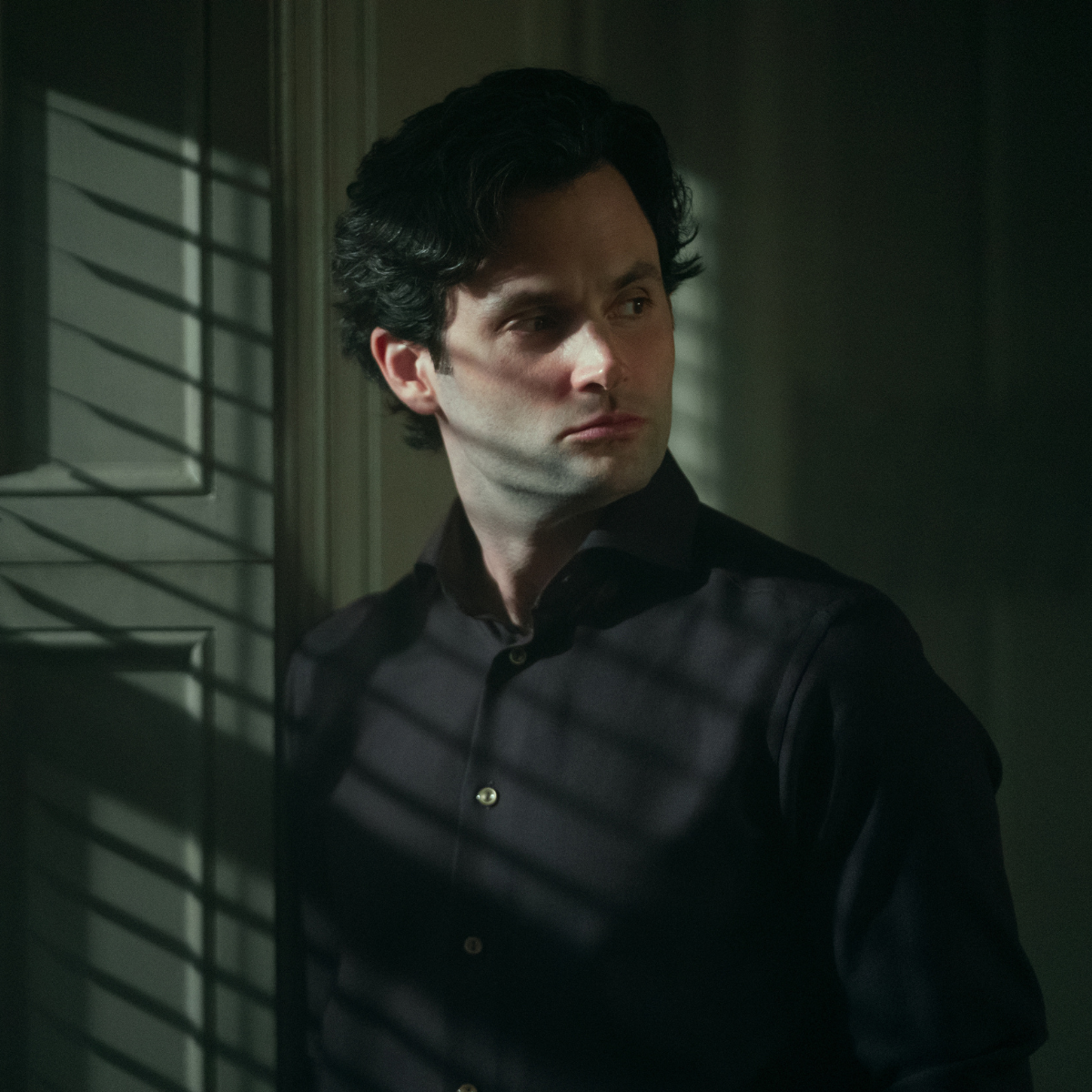 There's a divisive new character in You season 5 - and fans will either 'love her or hate her'
There's a divisive new character in You season 5 - and fans will either 'love her or hate her'Prepare yourself.
By Jadie Troy-Pryde
-
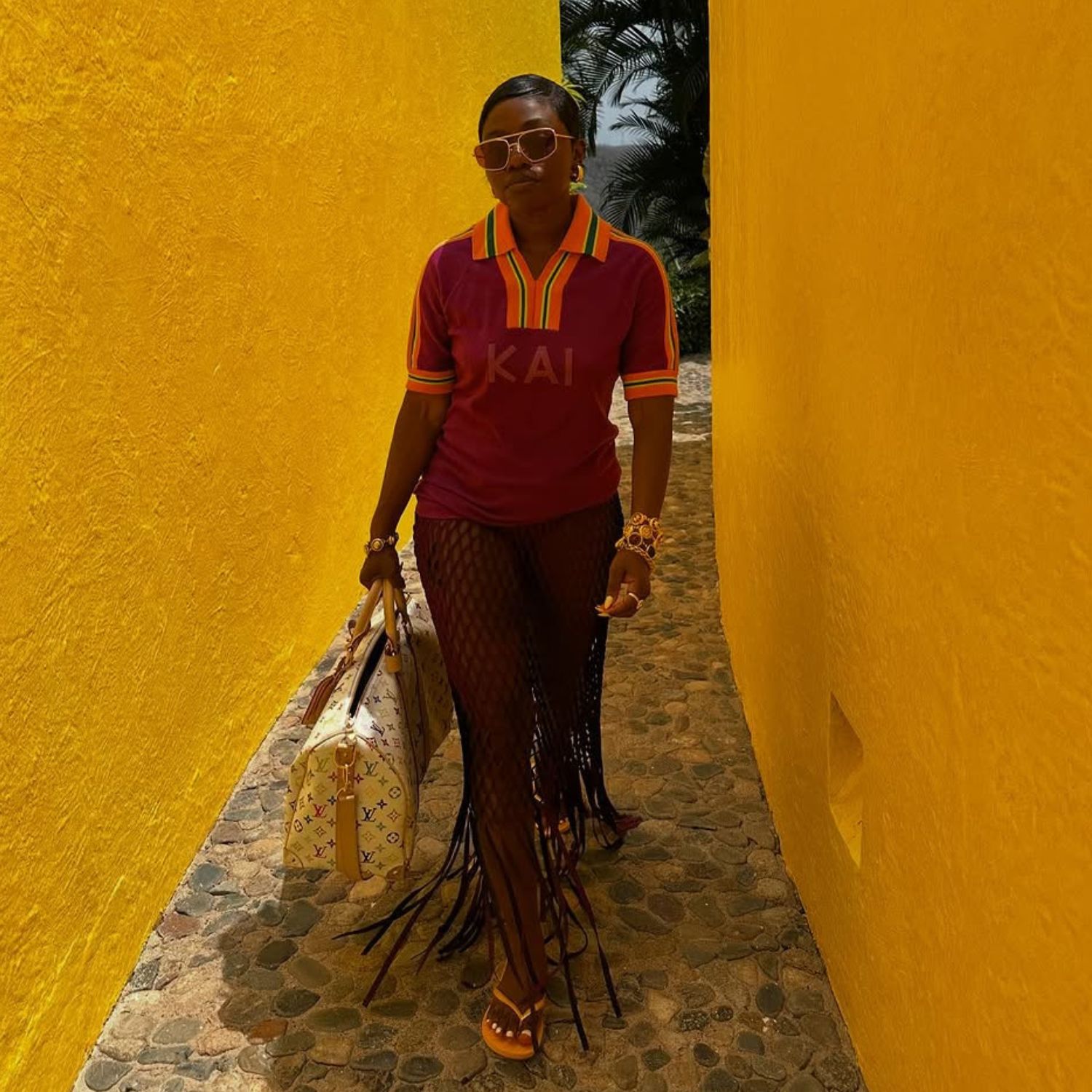 5 stylish holiday outfits that you can recreate using pieces you already own
5 stylish holiday outfits that you can recreate using pieces you already ownInspired by our favourite tastemakers
By Jazzria Harris
-
 Why King Charles refuses to 'intervene' in Harry's legal dispute over UK security
Why King Charles refuses to 'intervene' in Harry's legal dispute over UK securityThe monarch deems it 'wholly inappropriate'
By Jadie Troy-Pryde
